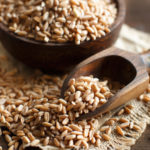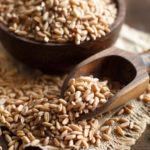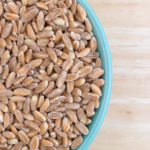Labeling Confusion

Investigators at Tufts University and New York University surveyed consumers’ ability to decipher package labels on cereal, bread and crackers in order to choose those containing whole grains. They found that 41 percent of the respondents overstated the whole grain content of crackers, 43 percent gave inaccurate estimations for honey wheat bread and 51 percent overestimated the whole grain content of 12-grain bread. The consumers did best when asked about the whole grains in an oat cereal. Co-author Jennifer L. Pomeranz, an assistant professor of public health policy and management at NYU said the study results add up to a strong legal argument that labels providing information about whole grains are misleading and that when it comes to deceptive labels, whole grain claims are among the worst. She added that even people with advanced degrees are unable to reliably figure out how much whole grain is actually in these products.
Source:
P. Wilde, J.L. Pomeranz, L.J. Lizewski, and F.F. Zhang, “Confusion about whole grain content and healthfulness in product labels: A discrete choice experiment and comprehension assessment.” Public Health Nutrition. doi.org/10.1017/S1368980020001688
More current news from this week’s bulletin:
- Arthritis & Your Weight
- Your Hair Knows What You Eat
- What’s for dinner? Why Vegetarian Kung Pao With Broccoli & Peanuts!
Sign up for more Dr. Weil newsletters:














